The Rechargeable Batterie is currently characterized by intense competition and rapid innovation, driven by increasing demand for energy storage solutions across various sectors, including consumer electronics, electric vehicles, and renewable energy systems. Key players such as Panasonic (Japan), Samsung SDI (South Korea), and CATL (China) are strategically positioned to leverage their technological advancements and manufacturing capabilities. Panasonic (Japan) focuses on enhancing its battery technology through significant investments in R&D, while Samsung SDI (South Korea) emphasizes partnerships with automotive manufacturers to expand its footprint in the electric vehicle segment. CATL (China), on the other hand, is aggressively pursuing global market share through strategic collaborations and capacity expansions, thereby shaping a competitive environment that is increasingly reliant on innovation and strategic partnerships.
In terms of business tactics, companies are localizing manufacturing to reduce costs and enhance supply chain efficiency. This approach is particularly evident in the competitive structure of the market, which appears moderately fragmented, with several players vying for dominance. The collective influence of these key players is substantial, as they not only drive technological advancements but also set industry standards that smaller competitors must follow.
In August 2025, LG Energy Solution (South Korea) announced a strategic partnership with a leading electric vehicle manufacturer to co-develop next-generation battery technologies. This collaboration is poised to enhance LG's competitive edge in the EV market, as it aligns with the growing trend towards sustainable transportation solutions. The partnership underscores LG's commitment to innovation and positions the company favorably against its rivals in a rapidly evolving market.
In September 2025, BYD (China) unveiled its latest battery technology, which reportedly offers a 20% increase in energy density compared to previous models. This advancement is significant as it not only enhances the performance of BYD's electric vehicles but also reinforces its reputation as a leader in battery innovation. The introduction of this technology could potentially disrupt the market, compelling competitors to accelerate their own R&D efforts to keep pace.
In October 2025, A123 Systems (US) launched a new line of high-performance lithium-ion batteries aimed at the industrial sector. This move is indicative of A123's strategy to diversify its product offerings and tap into the growing demand for energy storage solutions in industrial applications. By focusing on this niche market, A123 may strengthen its position and mitigate risks associated with reliance on consumer markets.
As of October 2025, the competitive landscape is increasingly defined by trends such as digitalization, sustainability, and the integration of artificial intelligence in battery management systems. Strategic alliances are becoming more prevalent, as companies recognize the need to collaborate to enhance their technological capabilities and market reach. Looking ahead, competitive differentiation is likely to evolve from traditional price-based competition towards a focus on innovation, advanced technology, and supply chain reliability, as companies strive to meet the demands of a rapidly changing market.


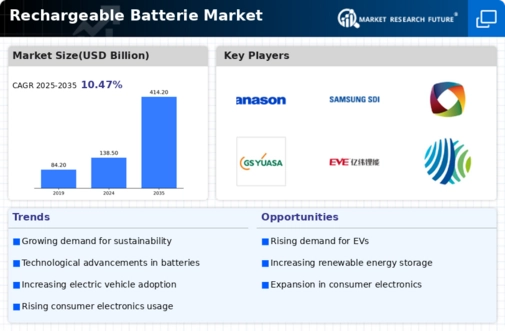
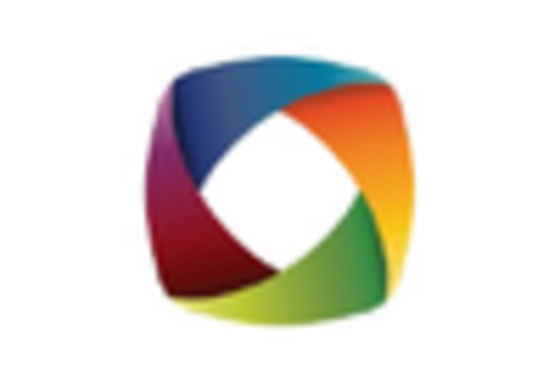

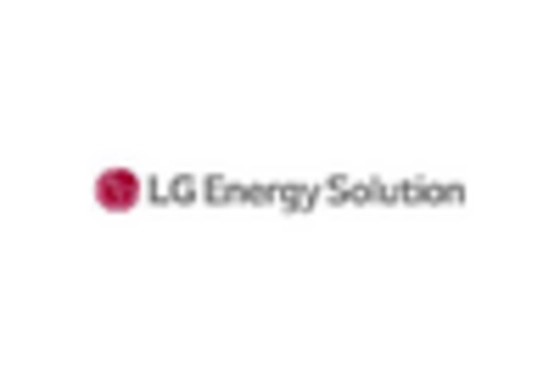
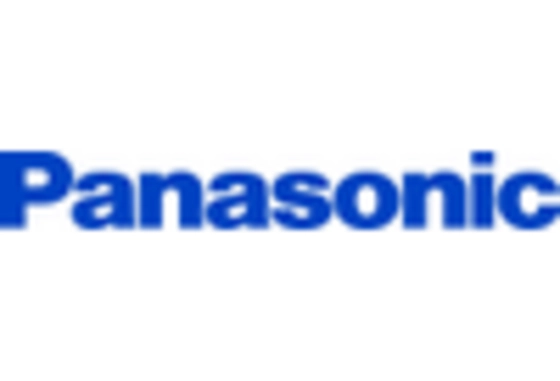
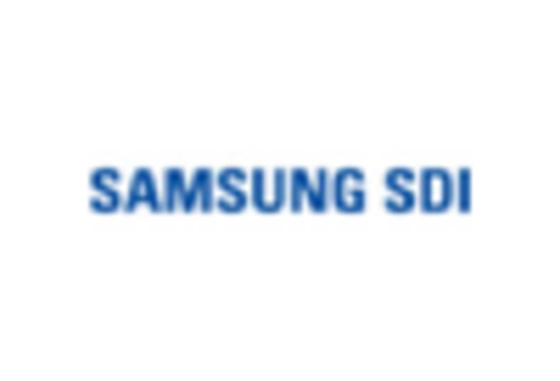
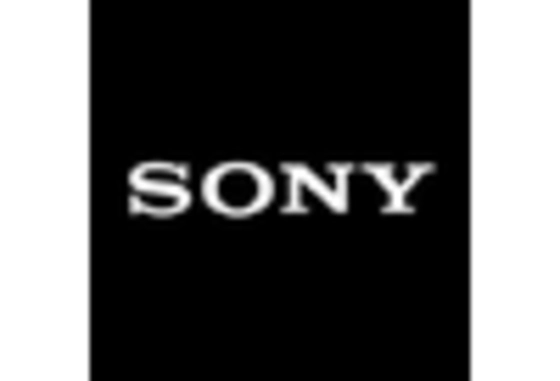








Leave a Comment